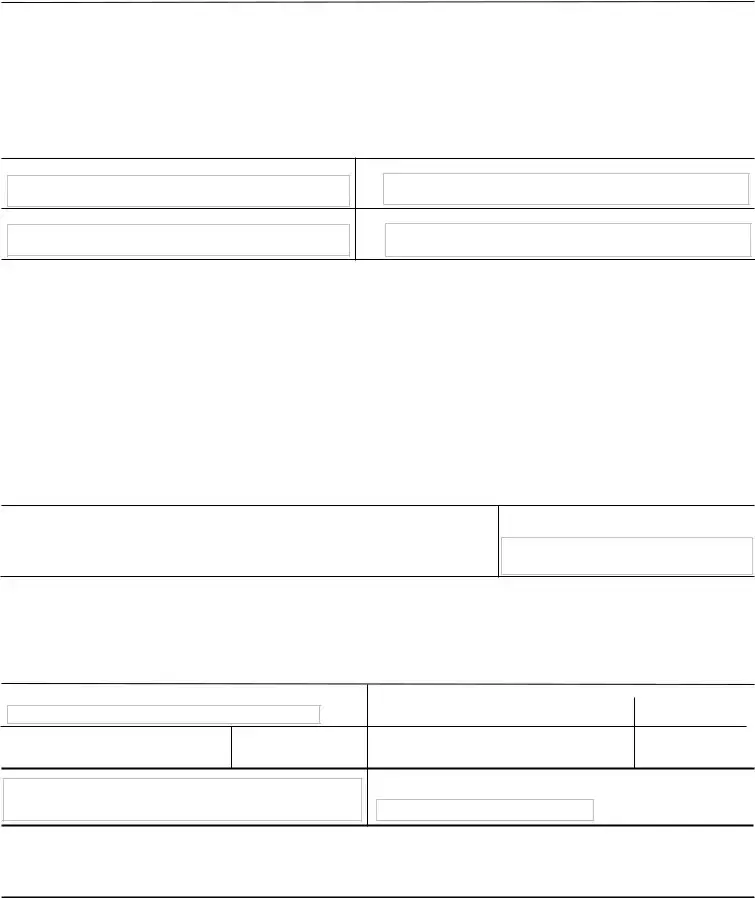What is the HUD 92544 form?
The HUD 92544 form is known as the Warranty of Completion of Construction. It is required to obtain a HUD-insured single-family mortgage. This form ensures that the dwelling has been constructed according to approved plans and specifications, and it provides a warranty against defects in workmanship and materials.
Who needs to fill out the HUD 92544 form?
The form needs to be completed by the Warrantor, usually the builder or contractor, who is offering the warranty. Additionally, both the purchaser/owner and the builder must sign the form to acknowledge and agree to the warranty terms.
What information is included on the HUD 92544 form?
This form collects details such as the lender's name and contact information, the names of the purchasers or owners, the property address, and the FHA/VA case number. It also requires the warranty terms and signatures from all involved parties.
How long is the warranty valid?
The warranty provided by the HUD 92544 form lasts for one year from the date of original title conveyance or from the date of full completion of any items completed after conveyance. It ensures that any defects reported within this period will be remedied by the Warrantor.
What should I do if I find a defect?
If you discover a defect, you must give written notice to the Warrantor within one year of title conveyance or completion. This notice allows the Warrantor to address any nonconformity issues under the warranty terms.
What does the term "dwelling" encompass in the warranty?
The term "dwelling" includes the main structure as well as any improvements or appurtenances specified in the construction plans. However, it does not cover those constructed by a municipality or other government authority.
What happens if the builder fails to remedy defects?
If the builder does not address the reported defects, the FHA Commissioner or the Secretary of Veterans Affairs may make a final determination regarding the defect's existence and any required remediation by the builder.
Are there any legal implications for false claims?
Yes, filing false claims or statements on the HUD 92544 form may lead to criminal or civil penalties. It is important to provide accurate and truthful information to avoid serious legal consequences.
Can the warranty be transferred to future owners?
Yes, the warranty does transfer to the successors or transferees of the original purchasers. This provides ongoing protection for future owners regarding defects that may arise within the warranty period.
How can I ensure I am completing the form correctly?
Carefully review the instructions provided with the HUD 92544 form. It is advisable to double-check all information entered and to have all parties involved sign the form to ensure validity.

